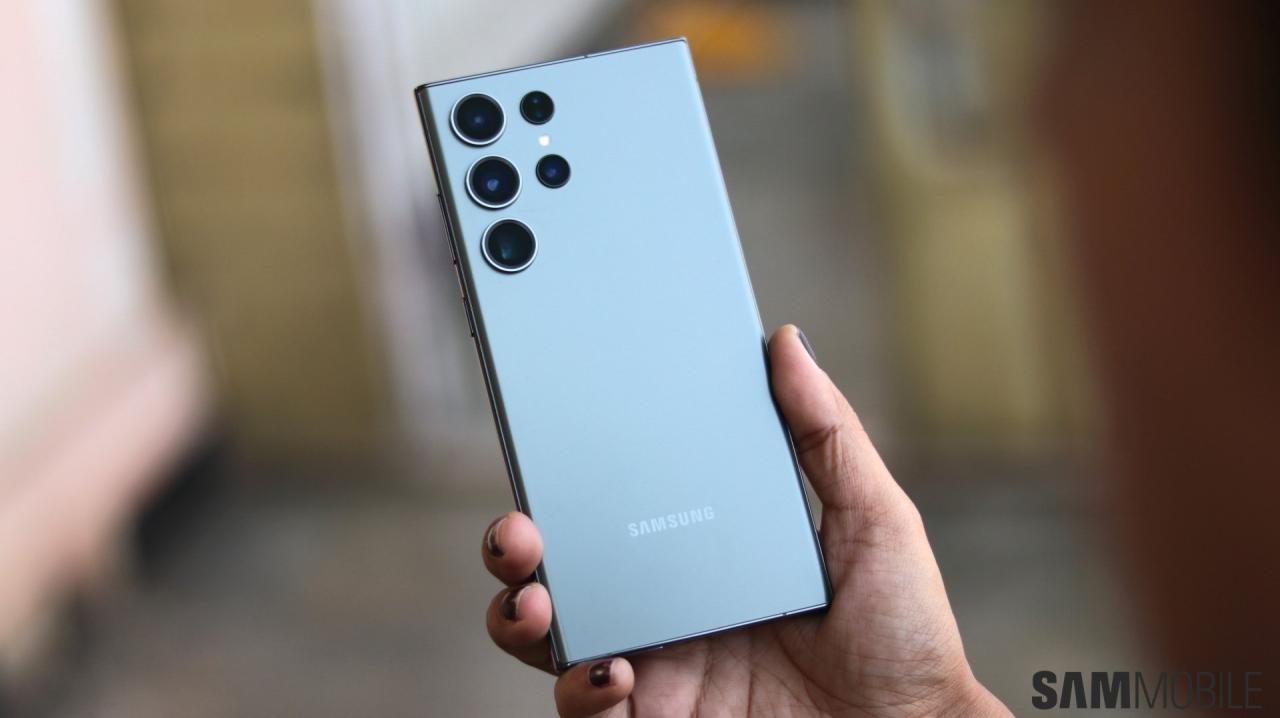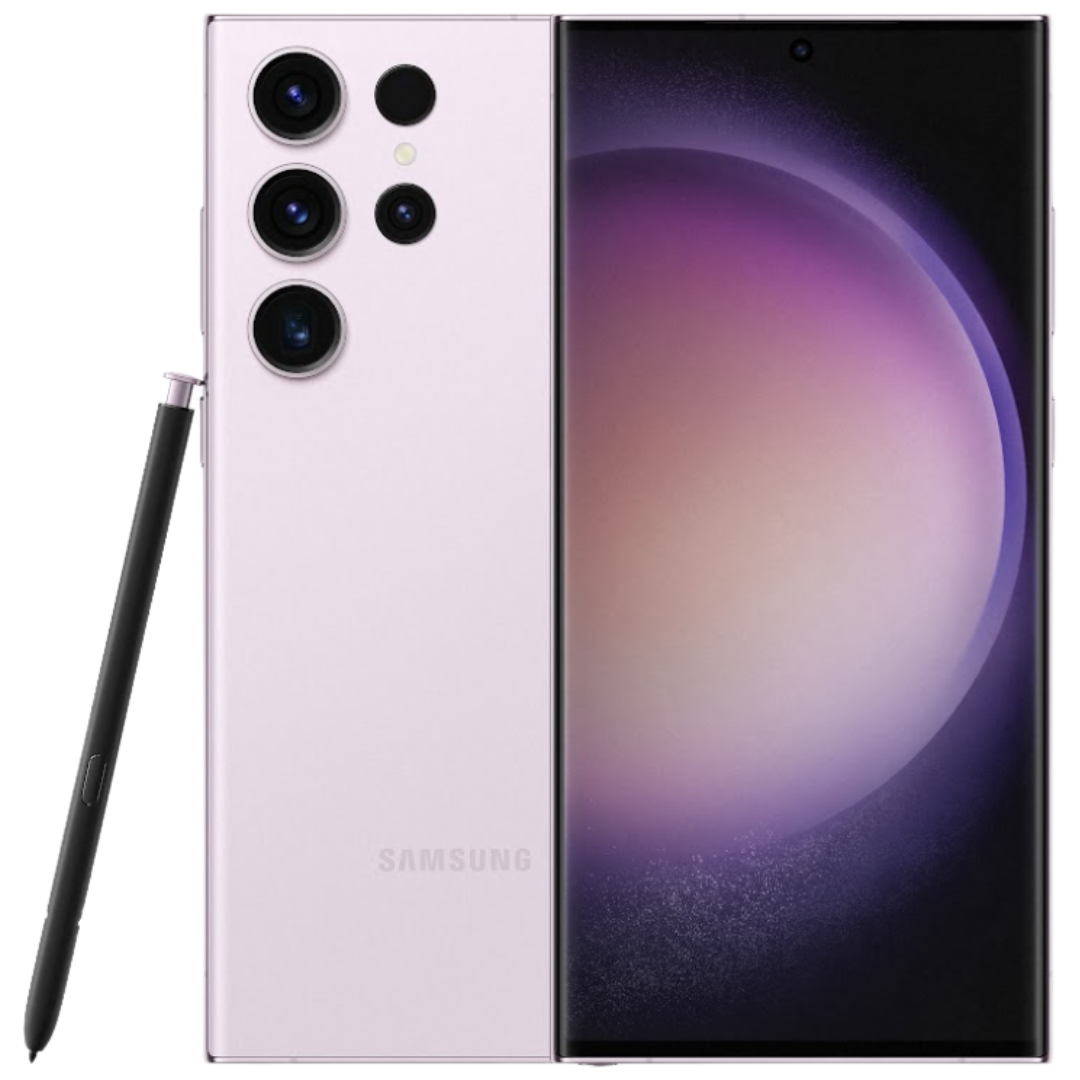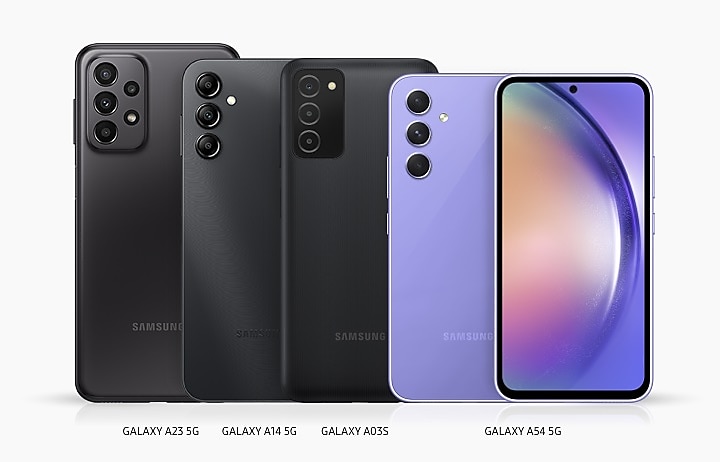samsung galaxy note 7 stands as a notable chapter in smartphone history, marked by its innovative features and controversial legacy. With a stunning design, powerful performance, and cutting-edge technology, the Note 7 captured the attention of users worldwide, only to be overshadowed by significant safety concerns. This device not only pushed the boundaries of mobile design but also set a precedent for how manufacturers address safety in the tech industry.
From its high-resolution display to the advanced S Pen functionality, the Samsung Galaxy Note 7 was designed to impress. However, the excitement surrounding its launch was soon met with challenges that would change the trajectory of Samsung’s reputation. Understanding the intricacies of this device, along with its impact on the smartphone industry, is essential for both tech enthusiasts and casual users alike.
Overview of Samsung Galaxy Note 7

The Samsung Galaxy Note 7, released in 2016, was a flagship device that aimed to blend power and functionality with a premium design. It represented Samsung’s commitment to innovation and quality, showcasing features that catered to both casual users and professionals. This smartphone was part of the renowned Galaxy Note series, known for its large display and S Pen functionality.
The Samsung Galaxy Note 7 came packed with impressive specifications and features that made it stand out in the smartphone market. The device was equipped with a 5.7-inch Quad HD Super AMOLED display, delivering vibrant colors and sharp details. It housed a powerful Exynos 8890 or Snapdragon 820 processor, depending on the region, combined with 4GB of RAM, ensuring smooth performance even under heavy multitasking. The device also offered 64GB of internal storage, expandable via microSD, and boasted a robust 3,500mAh battery with fast charging capabilities. Its camera system included a 12MP rear camera with dual pixel technology for quick focus and a 5MP front-facing camera, making it ideal for photography enthusiasts.
Design Elements and Materials
The design of the Galaxy Note 7 was characterized by its sleek and sophisticated aesthetics. The device featured a glass front and back with an aluminum frame, giving it a premium feel while enhancing durability. The curved edges of the display not only added to its visual appeal but also provided a more immersive viewing experience. Additionally, the device was IP68 certified, meaning it was resistant to dust and could withstand submersion in water, which added a layer of practicality for users.
The Note 7’s thoughtful design extended to its S Pen, which was upgraded for improved responsiveness and water resistance. The S Pen was neatly integrated into the device, allowing users to easily access its functionalities such as note-taking and drawing. The overall ergonomics, including button placement and weight distribution, made it comfortable to hold and use, whether for extended periods or quick tasks.
Timeline of Release and Major Events
The Samsung Galaxy Note 7 had a notable timeline surrounding its release and subsequent events that impacted its legacy.
- August 2, 2016: Samsung officially launched the Galaxy Note 7 during an event in New York City, receiving positive reviews for its advanced features and design.
- August 19, 2016: The device became available for purchase in select markets, experiencing high demand and positive sales figures.
- September 2, 2016: Reports of battery issues began to surface, leading to safety concerns regarding the device’s potential for overheating.
- September 15, 2016: Samsung initiated a global recall of the Galaxy Note 7, urging customers to return their devices for a replacement.
- October 2016: After a brief period of replacement units, incidents of overheating were reported again, leading Samsung to permanently discontinue the production and sales of the Galaxy Note 7.
The Galaxy Note 7’s journey from a highly anticipated flagship to a cautionary tale in smartphone history underscores the importance of rigorous testing and quality assurance in technology.
Performance and User Experience: Samsung Galaxy Note 7
The Samsung Galaxy Note 7 was designed to deliver an exceptional user experience, showcasing superior performance metrics that were competitive during its release. With a focus on processing power and user interface, the device set a high standard for flagship smartphones.
The Galaxy Note 7 is powered by the Qualcomm Snapdragon 820 or Exynos 8890 processor, depending on the region. These processors offer impressive clock speeds, with the Snapdragon 820 reaching up to 2.15 GHz. The phone comes equipped with 4GB of LPDDR4 RAM, which ensures smooth multitasking capabilities and efficient performance across various applications. The performance metrics position the Galaxy Note 7 as a strong contender against other flagship devices of its time, providing users with quick app launches, gaming efficiency, and seamless video playback.
Processor and RAM Performance
The performance of the Galaxy Note 7 is underpinned by its powerful hardware specifications. Below are key performance aspects:
- Processor: Utilizes Qualcomm Snapdragon 820 or Exynos 8890, both of which are built on a 14nm process for enhanced battery efficiency and performance.
- RAM: 4GB of LPDDR4 RAM supports multitasking and ensures that heavy applications run smoothly without lag.
- Storage Options: Available in 64GB internal storage, expandable via microSD up to 256GB, optimizing user experience with ample space for apps, media, and documents.
The advanced processing capabilities enable tasks such as video editing and gaming to be executed with minimal latency, showcasing the phone’s high-performance potential.
User Interface and Software Features
The Galaxy Note 7 runs on Android 6.0.1 Marshmallow with Samsung’s TouchWiz UI layered on top, offering a user-friendly and feature-rich experience. The interface includes unique features designed for productivity and creativity.
Key software features include:
- Samsung S Pen: Offers advanced functionality, such as screen-off memo, allowing users to jot down notes even when the screen is off, enhancing efficiency in day-to-day tasks.
- Multi-Window Mode: Enables users to run two applications simultaneously, catering well to multitasking needs.
- Always-On Display: Provides essential information like time and notifications at a glance without consuming much battery.
These features combine to create a productivity-oriented environment, making the Note 7 not just a smartphone but a versatile tool for professionals.
Comparative Performance Analysis
When comparing the Galaxy Note 7 to other flagship smartphones released around the same period, it was often pitted against competitors like the Apple iPhone 7 and Google Pixel.
The comparative analysis reveals:
- Benchmark Scores: In performance benchmarks like Geekbench, the Galaxy Note 7 scored favorably against the iPhone 7’s A10 Fusion chip, although the iPhone’s chip architecture provided a slight edge in single-core tasks.
- Battery Life: The Note 7 featured a 3500 mAh battery, providing a competitive advantage in longevity compared to the iPhone 7.
- Graphical Performance: With Adreno 530 in the Snapdragon variant, the Note 7 managed excellent graphics rendering, making it suitable for high-end gaming experiences.
In summary, the Samsung Galaxy Note 7 delivered an outstanding performance and user experience marked by its robust hardware, innovative software features, and competitive standing against other flagship devices.
Safety Concerns and Recalls

The Samsung Galaxy Note 7 is a prime example of innovation being overshadowed by critical safety issues. Upon its release, the device garnered widespread acclaim for its advanced features and capabilities. However, it was soon marred by serious battery-related incidents, forcing the company to initiate a massive recall. Understanding these safety concerns is essential for consumers and tech enthusiasts alike.
The battery issues with the Galaxy Note 7 were primarily attributed to an overheating problem caused by defects in the battery design. In particular, the lithium-ion batteries used in the device were found to have manufacturing flaws that led to short-circuiting. This resulted in phones overheating, swelling, and in some cases, catching fire. The urgency of the situation compelled Samsung to announce a recall of approximately 2.5 million units worldwide. Following the recall, Samsung took proactive measures to regain consumer trust and ensure safety in its devices.
Measures Taken to Address Safety Concerns
In response to the battery crisis, Samsung implemented several measures aimed at improving safety and restoring confidence in its products. These included:
- Enhanced Quality Control: Samsung introduced a new 8-point battery safety check process to scrutinize batteries more rigorously during manufacturing.
- Battery Supplier Changes: The company diversified its battery suppliers to avoid over-reliance on a single source and improve overall quality.
- Consumer Education: Samsung actively communicated with consumers regarding the recall process, providing detailed instructions on how to return their devices safely.
- Software Updates: The company rolled out software updates to limit battery charging to 60%, discouraging usage of potentially dangerous devices.
- Replacement Programs: Samsung offered customers the option to exchange their devices for a different model or receive a refund, ensuring that users had safe alternatives.
The steps taken by Samsung reflected the necessity of prioritizing consumer safety and the brand’s reputation.
Ensuring Device Safety, Samsung galaxy note 7
To further ensure the safety of their devices, users should adhere to certain precautions. Following these guidelines can significantly minimize the risk associated with mobile device usage:
- Regularly Update Software: Keep your device’s software up to date to benefit from the latest security patches and improvements.
- Use Original Accessories: Utilize chargers and cables recommended by the manufacturer to avoid compatibility issues and overheating.
- Avoid Extreme Temperatures: Keep the device away from extreme heat or cold to prevent battery damage.
- Monitor Battery Health: Regularly check the battery’s performance and signs of wear, such as swelling or overheating.
- Report Issues Promptly: If any abnormalities occur, report them to the manufacturer immediately for guidance and assistance.
By following these measures, users can help ensure the longevity and safety of their devices, guarding against potential hazards that may arise from battery-related issues.
Legacy and Impact on the Smartphone Industry

The Samsung Galaxy Note 7 left an indelible mark on the smartphone industry, shaping design trends and consumer expectations in ways that resonated far beyond its recall. Despite its tumultuous journey, the Note 7’s influence is seen in subsequent flagship devices, which were informed by both its innovative features and its catastrophic failures. This segment explores the lasting implications of the Note 7 on smartphone design, consumer trust, and lessons learned by manufacturers.
Influence on Design Trends
The design of the Galaxy Note 7 introduced several groundbreaking features that set a precedent for future smartphones. Its sleek, curved edge display not only captivated users but also prompted other manufacturers to explore similar designs. The following points highlight key design aspects that became industry standards post-Note 7:
- Curved Displays: The Note 7’s dual-edge screen inspired flagship devices from competitors like Apple and LG, leading to a surge in smartphones with curved displays.
- Stylus Integration: The S Pen functionality showcased how stylus use could enhance productivity, influencing brands like Microsoft with their Surface devices to integrate similar features.
- Water Resistance: The Note 7 was IP68 rated, encouraging other manufacturers to prioritize water and dust resistance as essential features in their flagship models.
The Note 7’s blend of aesthetics and functionality has become a benchmark for subsequent devices, demonstrating that consumers value both form and function.
Effects on Consumer Trust and Brand Reputation
The catastrophic recall of the Galaxy Note 7 severely impacted consumer trust and Samsung’s brand reputation. As one of the leading smartphone manufacturers, Samsung faced significant challenges in rebuilding its image after the incident. The following points illustrate the repercussions on consumer trust:
- Decline in Brand Loyalty: Many loyal Samsung users experienced hesitation in purchasing future devices due to safety concerns, leading to a decline in brand loyalty.
- Increased Scrutiny: The company faced intensified scrutiny from regulatory bodies and consumers regarding product safety and quality assurance.
- Competitive Advantage Loss: Rival brands capitalized on Samsung’s misfortunes, effectively positioning themselves as safer alternatives in the eyes of consumers.
Despite these challenges, Samsung has made concerted efforts to regain consumer trust through transparency and improved safety protocols.
Lessons Learned by Manufacturers
The events surrounding the Galaxy Note 7 served as a crucial learning opportunity for smartphone manufacturers. The industry took significant notes from the incident, leading to enhanced safety measures and quality control processes. Key lessons from the Note 7 launch and subsequent recall include:
- Comprehensive Testing: Manufacturers recognized the importance of rigorous testing protocols, including extensive battery testing and safety assessments before product launches.
- Transparency in Communication: The Note 7 incident highlighted the necessity for clear and timely communication with consumers regarding product safety and any issues that arise.
- Cross-Functional Collaboration: The need for collaboration between design, engineering, and manufacturing teams was underscored, ensuring that potential issues can be identified and resolved early in the development process.
Through these lessons, the smartphone industry has since evolved to prioritize consumer safety and product reliability, shaping the way devices are designed and manufactured today.
FAQ Explained
What were the main features of the samsung galaxy note 7?
The Samsung Galaxy Note 7 featured a 5.7-inch QHD display, an Exynos 8890 or Snapdragon 821 processor, 4GB of RAM, 64GB of storage, and a 12MP rear camera, along with an S Pen stylus.
Why did the samsung galaxy note 7 get recalled?
The Note 7 was recalled due to battery defects that caused some devices to overheat and catch fire, posing safety hazards to users.
How did Samsung address the safety concerns after the recall?
Samsung implemented a comprehensive recall program, offered replacements, and enhanced their quality control measures to prevent future incidents.
What impact did the samsung galaxy note 7 have on the smartphone market?
The Note 7’s incident raised awareness regarding battery safety and led to stricter regulations and better safety protocols in the smartphone industry.
Did the samsung galaxy note 7 influence future smartphone designs?
Yes, the design and features of the Note 7 influenced future flagship smartphones, promoting larger screens and improved stylus functionality.
The galaxy s 7 marked a significant leap in smartphone technology with its stunning display and powerful performance. Users appreciated its sleek design and innovative features, making it a favorite choice during its release. As we look at newer models, such as the Samsung devices that followed, the legacy of the Galaxy S7 still resonates with many enthusiasts.
When talking about modern smartphones, the samsung s 10 stands out with its impressive camera capabilities and dynamic display. This model pushed the boundaries of mobile technology, offering users a premium experience that transformed everyday photography. With its advanced features, the S10 illustrates how far Samsung has come since earlier models.